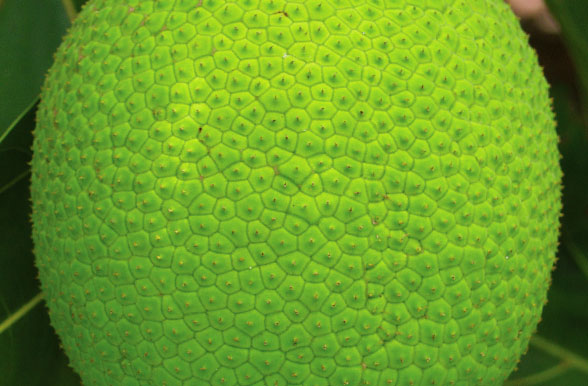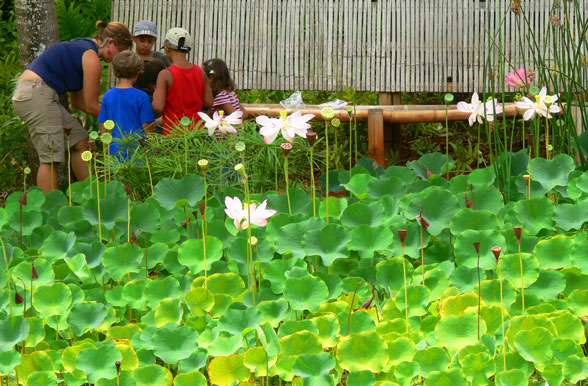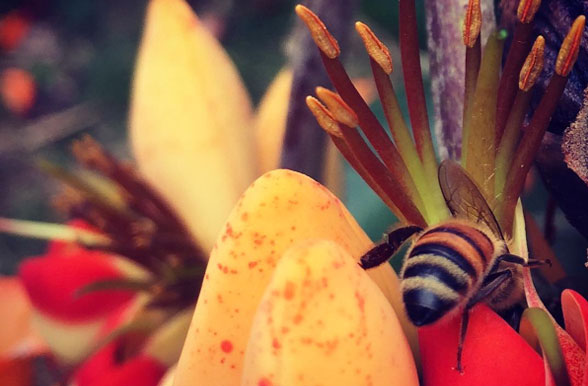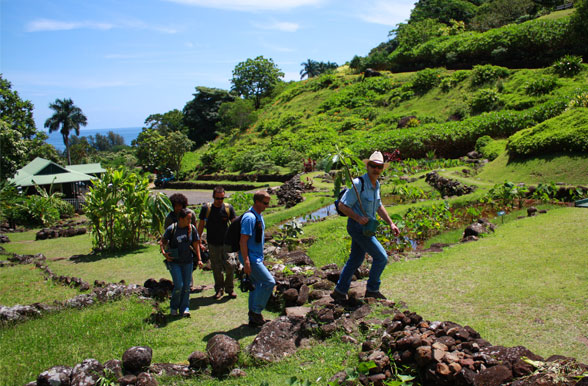Restoration Ecology
Restoration ecology is central to NTBG’s conservation strategy. In the long-term it is the most effective method to ensure the survival of endemic plant species, many of which have been forced to the brink of extinction by habitat degradation and destruction by invasive species.
The process of restoration is many faceted. An important first step in the process of planning habitat restoration is to understand the ecological history of the site. Research discloses the information necessary to establish appropriate restoration goals by examining the fossil record, archaeological sites, and interviews with traditional cultural practitioners. Paleoecologists, ethnographers, and field botanists provide a detailed picture of the original condition and subsequent changes to ecosystems and the depth of losses here due to extinction and environmental change. Armed with this knowledge, NTBG is able to design practical and effective integrated strategies for ecological restoration.
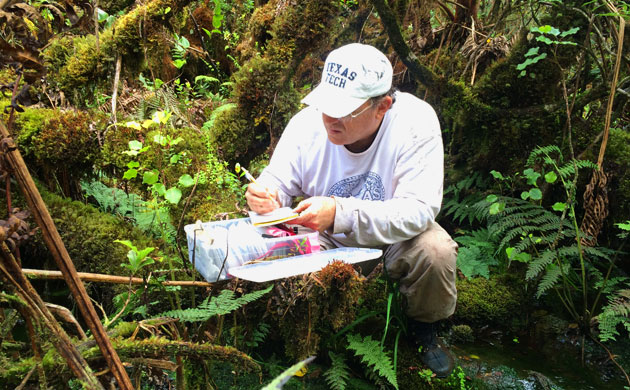


Another important factor in the process is the identification and preservation of at-risk endemic species that are found or would have been found growing naturally in a specific ecosystem. Our field botanists monitor the remaining populations and collect seeds and plant material for storage in our seed bank and tissue-culture facilities, as well as for propagation in our greenhouse. The new plants that are produced can be used both to enhance existing populations and to create new ones in our ecological restoration sites. In the most degraded habitats, invasive species must be controlled and eliminated before native species can be reintroduced. In less degraded habitats where endemic species still exist, the native plants need to be protected by removal of alien species. Diverse restoration projects have been undertaken in our gardens and preserves and NTBG has been able to amplify this successful approach–utilizing a historical perspective to guide ecological restoration efforts–in collaborations with other landowners in the Islands.
All of this requires a great deal of manpower. Staff is augmented by regular Garden volunteers as well as occasional volunteers from the community who participate in “restoration work days.” These projects have also benefited greatly from national and international groups that organize short-term service programs.
Restoration projects are also used as a classroom for NTBG environmental education programs, in particular the Junior Restoration Team which targets high school and middle school students. Students not only learn botany, conservation ecology, horticulture, and resource management, but they have the satisfaction of making a contribution both locally and globally.
.svg)
